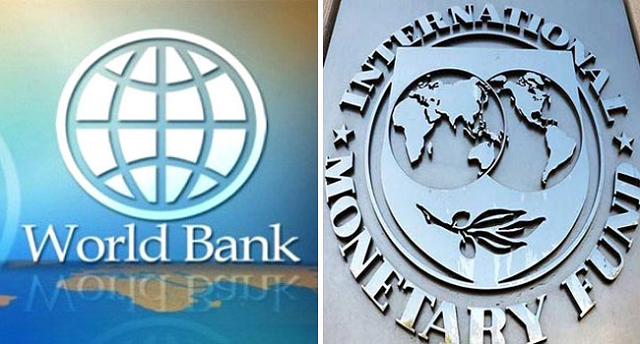Global financial monoliths – the World Bank and the International Monetary Fund (IMF) – are considering an extension of the Debt Service Suspension Initiative (DSSI) to the end of 2021 for low-income countries.
The organisations shared their insights in a paper conceived by a collaboration of teams from each institution and presented at the 2021 virtual Spring Meeting.
Uncertainties surrounding the abilities of economies around the globe to bounce back from the negative effect of the COVID-19 pandemic led to the suggestion that the DSSI be shifted to the end of the year.
According to an estimate by the World Bank, Africa would need the sum of $12 billion to cater to vaccines and the costs for deployment.
The paper read, “As COVID-19 has continued to spread worldwide and the economic recovery remains exceptionally uncertain, a further extension of the DSSI up to end-2021 would help eligible countries meet their elevated financing needs and fight poverty.
“Worldwide cases have multiplied, and new, more contagious viral strains have emerged. At the same time, developing countries and vulnerable populations risk being left behind in the global vaccine rollout.
“Liquidity needs are expected to remain high in 2021 and debt sustainability outlooks have deteriorated further.
“The economic outlook remains exceptionally uncertain at a time when many DSSI-eligible countries already have protracted breaches of DSA debt indicators.
READ ALSO: Facebook Unveils New Campaign To Fight COVID-19 Misinformation
“The World Bank estimates that to attain levels of vaccination coverage to interrupt virus transmission, Africa would need about US$12 billion for vaccines and incremental costs for deployment, almost the same amount of official debt service deferred by current DSSI participant.
“In some IDA countries, the interest burden already exceeded pre-HIPC levels—and debt service burdens are highest in Sub-Saharan Africa. Overall external public and publicly guaranteed (PPG) debt-service-to-revenue ratios for IDA countries increased from 8.2 per cent to an estimated 11.8 per cent between 2017 and 2019. The situation deteriorated during 2020, with 54 per cent of IDA countries in or at high risk of debt distress
“In contrast to the early 2000’s, a significant number of IDA countries face high external debt service payments over the medium term, which could impede their ability to support the recovery. Debt Sustainability Analysis (DSA) for most IDA-eligible countries in an unsustainable or near unsustainable debt situation show large breaches of liquidity indicators (external debt service-to-export or external debt service-to-revenue ratios).
“Of 17 countries with protracted breaches of solvency indicators under the baseline (defined as breaches of solvency indicators over 5 years and more), 12 are also accompanied by protracted breaches of liquidity indicators (defined as breaches of liquidity indicators over 5 years or more). Five more countries have protracted breaches of liquidity indicators only.”














